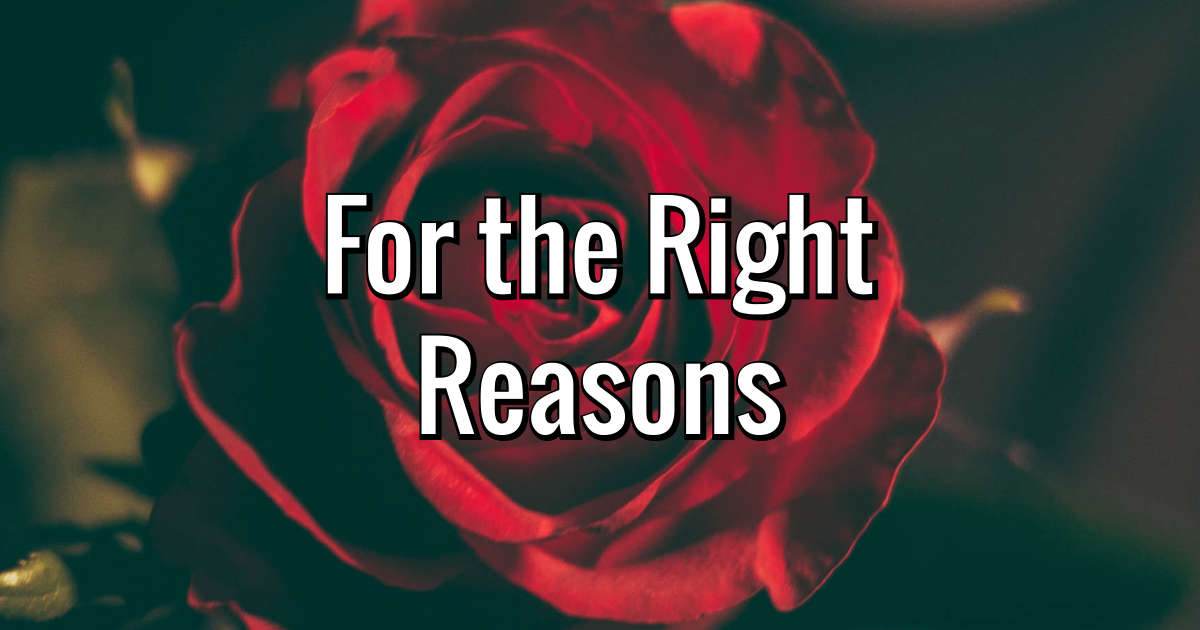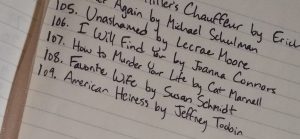I am a participant in the Amazon Services LLC Associates Program, an affiliate advertising program designed to provide a means for me to earn fees by linking to Amazon.com and affiliated sites.
Last summer I read It Was Me All Along by Andie Mitchell and was incredibly inspired by her journey of losing over a hundred pounds. She found joy in cooking her own meals and living in moderation as a key to her success. When I read the summary of Cravings on Amazon, I thought I would find a similarly inspiring read. While still an interesting book, this book was not what I wanted it to be.

Judy Collins struggled with food her entire life. Between her binge eating and crash diets, she estimates that she has gained and lost over a thousand pounds over the course of her life. After her music career began to take off, she began purging her meals in an attempt to balance her binge eating with her desire to keep the pounds off. In the midst of her eating disorder, she suffered from severe alcoholism. In the end, she found that extreme measured eating and elimination of grains, starches, and sugar could help her control her eating.
“I want to suggest to you that if you are at all inconvenienced by your relationship to food, you should find a plan that might help you live with joy around your meals and in your life.”
Judy Collins
Between chapters sharing her personal journey, Judy wrote about the lives of the “diet gurus.” These gurus were those who invented or tried different diets, many of which she tried. The gurus she wrote about ranged from those living hundreds of years ago to the creators of Weight Watchers. All of the stories she wrote about had her own experience with the diet sprinkled into the story.
Not the Diet Memoir I Anticipated
The Amazon description of this book says that Judy Collins had an overeating problem that “nearly claimed her career and her life.” It says that she started a strict diet that “allowed her to maintain a healthy weight for years,” among other things.
Without knowing who Judy Collins is, I assumed that she had been overweight at some point in her life. The Amazon description of the book makes no mention of her bulimia, which is a theme throughout the book. Although it mentions “compulsive eating” and a “fraught relationship with food,” it is easier for a reader unfamiliar with her to assume she had an amazing weight loss story.
Near the beginning of the book, she made the claim that through her compulsive eating and crash dieting, she gained and lost over a thousand pounds. At first, I still had in mind that she must have lost some large amount of weight at some point.
Upon closer inspection, I started to view that number with skepticism when I (1) found out her peak weight was 140 pounds and (2) when I started to think about how during the course of a day a person’s weight can fluctuate as much as a pound or two. Depending on how obsessively I was to weigh myself, I could make that same claim in two years, and that’s just taking into consideration food and water.
Judy Collins Still Had Eating Problems
While I’m probably being a bit too critical of this number, I am still skeptical of a person writing about weight loss who never weighed more than 140 pounds. According to a BMI calculator, she would have to be shorter than 5’3″ to actually be overweight at 140 pounds. While I am unable to find her height online, Judy Collins appears to be an average height and was unlikely in the “overweight” category.
But all of this does not negate the fact that she had real eating problems. Her cravings, binge eating, bulimia, and alcoholism are all serious problems. The problem I have with this book is its dishonesty in promoting her weight loss. Even the first half of the book makes great claims about weight loss (giving the “gained and lost 1000 pounds” number). It’s just frustrating to find out halfway through the book that her peak weight was only 140 pounds.
A Seemingly Unreasonable Solution
After spending most of the book writing about her disordered eating, Collins spent an unsatisfactory amount of time writing about the solutions to her problems. In addition, the solution she found seems inaccessible for the average person.
For Judy Collins, the answer to her binge eating and alcoholism is “Greysheeters Anonymous.” It is the most restrictive meal plan that “Overeaters Anonymous” uses. This plan does not allow gluten, starches, and sugars. All food is supposed to be strictly measured by weight.
In one chapter about the solution, Collins wrote that she owns several food scales. She travels with them so that she is always able to weigh her food. When she eats out, she weighs her food to make sure she is staying within the limits of her diet. While she claims that this diet brings her freedom, I cannot imagine taking a scale into a restaurant and weighing my food before I eat and thinking, “Wow, I’m so free now!”
I’m glad it works for her, but this book did not offer much hope for someone looking for a diet that might work with a busy lifestyle. Perhaps I have been unfair in comparing Cravings to Andie Mitchell’s It Was Me All Along, but had this book been more like Mitchell’s book I may not have been so disappointed.
Review Breakdown
Writing – This memoir was not terribly written. However, it was not very impressive either. I personally thought that the chapters about the diet gurus were written better. My husband suggested that perhaps her editor felt freer to edit chapters that weren’t about her life. However, different styles of chapters can also seem to have different “levels” of quality, too. It’s possible the difference I felt was all in my head.
Story – I found the short stories about the diet gurus very engaging. Although the author’s own story was interesting, I thought there were points where she was very repetitive. Reviewers who have read multiple books by Collins point out that there is overlap between this and her other books.
Mature Content – The author writes about her son’s suicide, her alcoholism, and her lifelong eating disorder. This book may not be appropriate for all audiences.
Likability of Author – Personally, I did not find Judy Collins likable in this book. I am unfamiliar with her music or any of her other work. Had this book’s advertising not been so deceptive I would have likely enjoyed it and her more.
Other Books by Judy Collins – Trust Your Heart (1987), Amazing Grace (1991), Shameless (1995), Singing Lessons (1998), Sanity and Grace: A Journey of Suicide, Survival and Strength (2003), The Seven T’s: Finding Hope and Healing in the Wake of Tragedy (2007) and Sweet Judy Blue Eyes: My Life in Music (2011)
Quick Review
Cravings was not the diet book that I was expecting at all. I was skeptical of her claims after finding out that her peak weight was only 140 pounds. Judy Collins did have an unhealthy relationship with food between her bulimia, crash dieting, and alcoholism. However, the book’s claims that her diet helped bring her to a healthy weight seems like a stretch. Had this memoir been more upfront about Collins’ specific dieting issues, it may have reached its intended audience better. The story was interesting, though repetitive with average writing. With all of these things considered, I would only recommend this book to those who are fans of Judy Collins or who are interested in reading more about eating disorders.


















